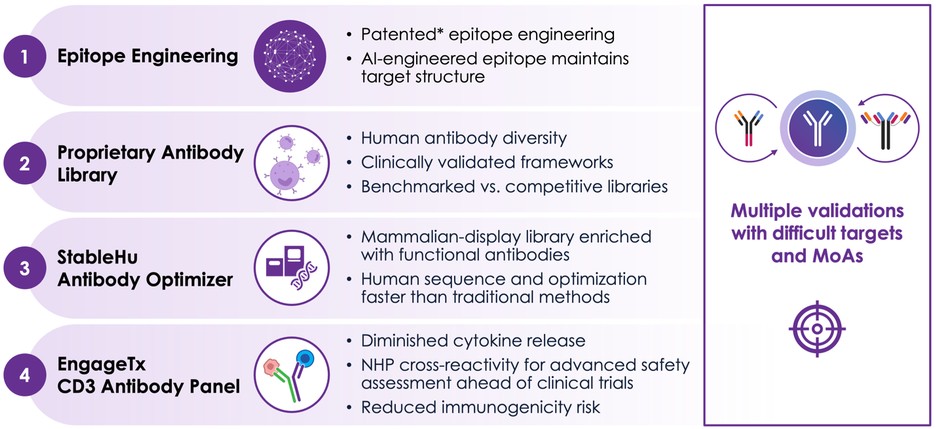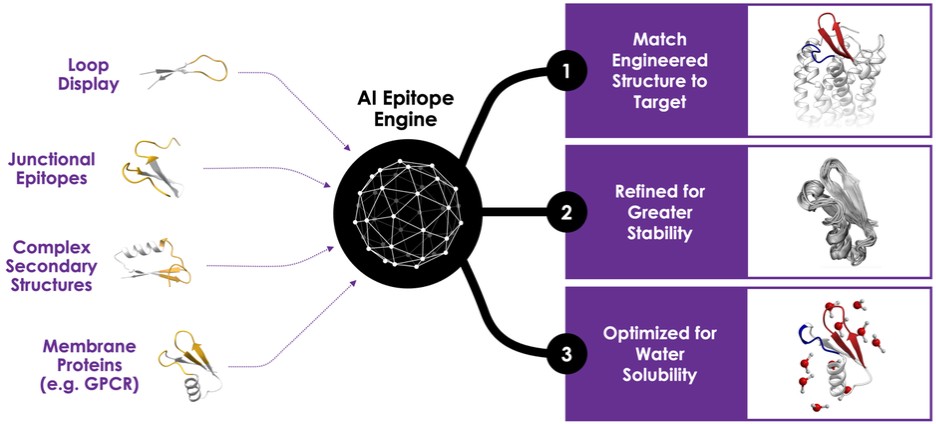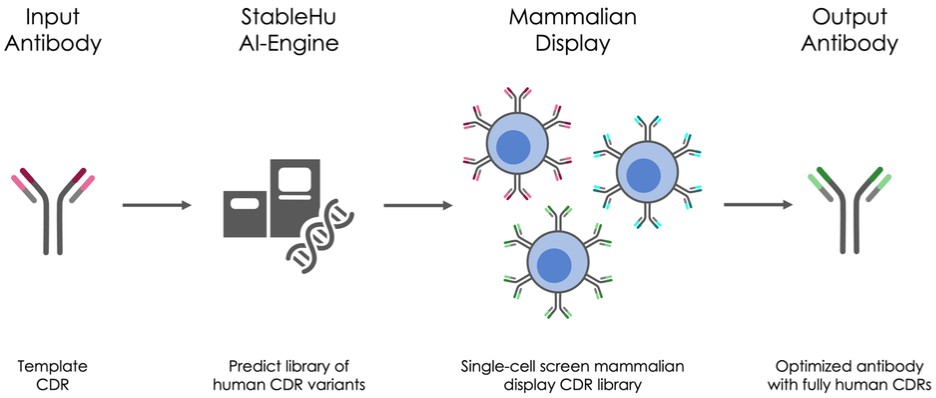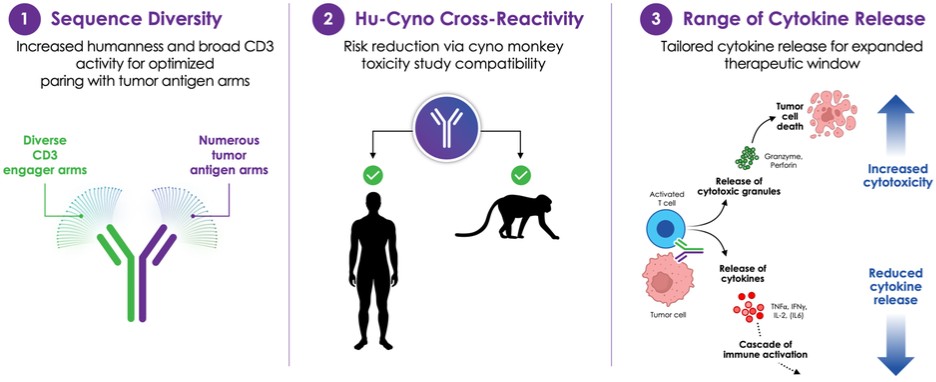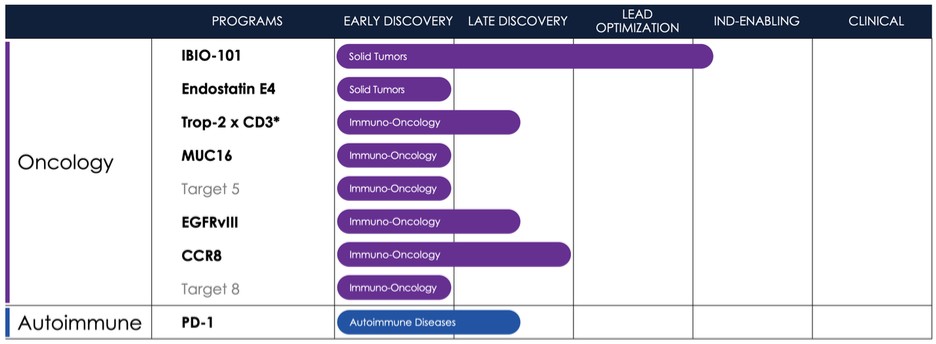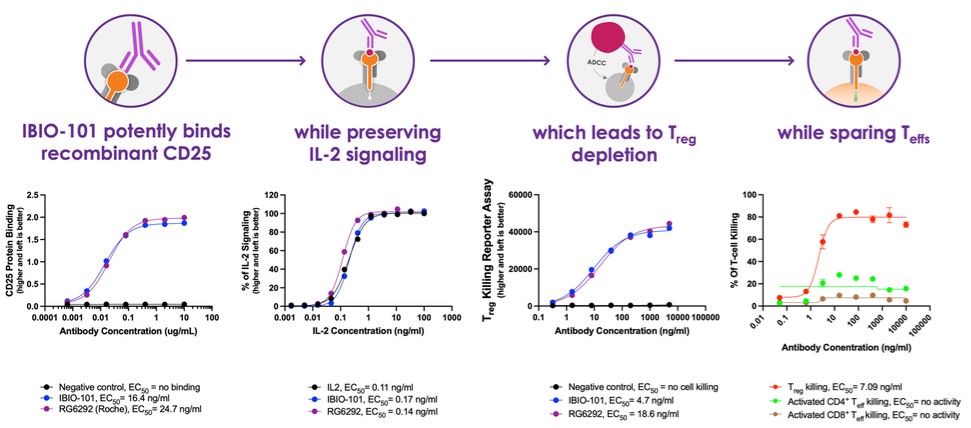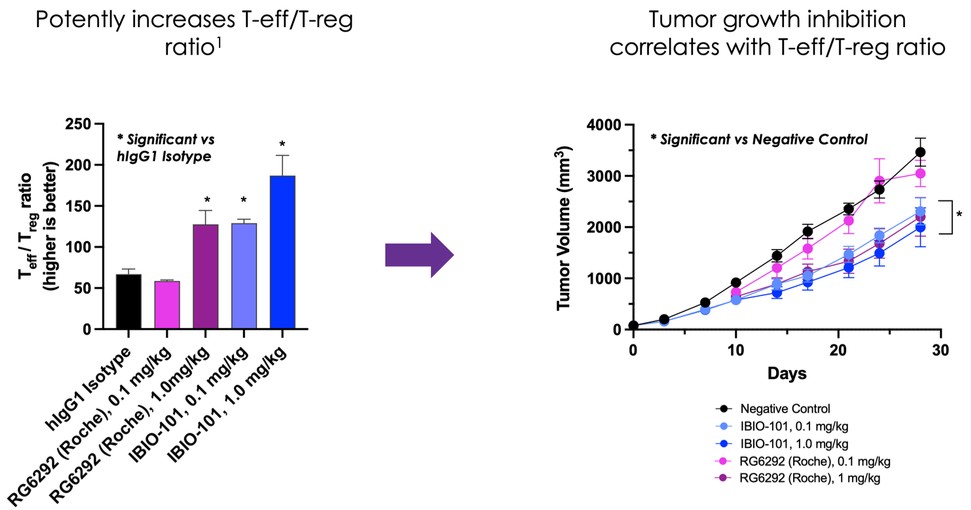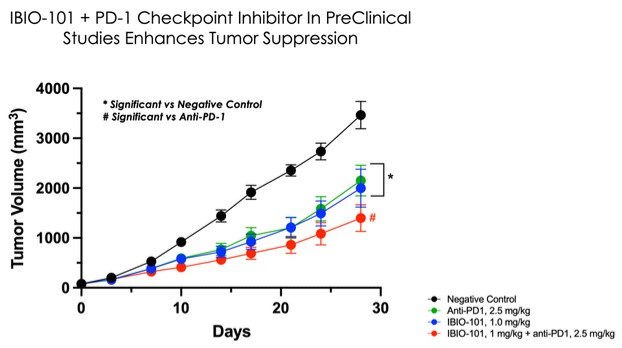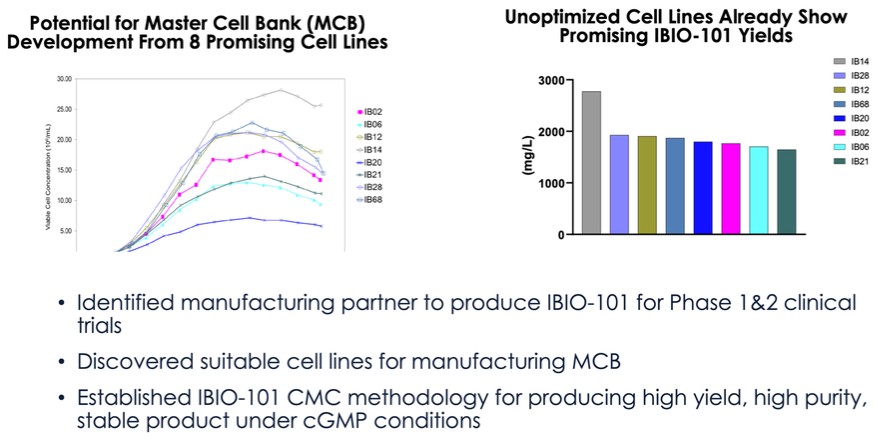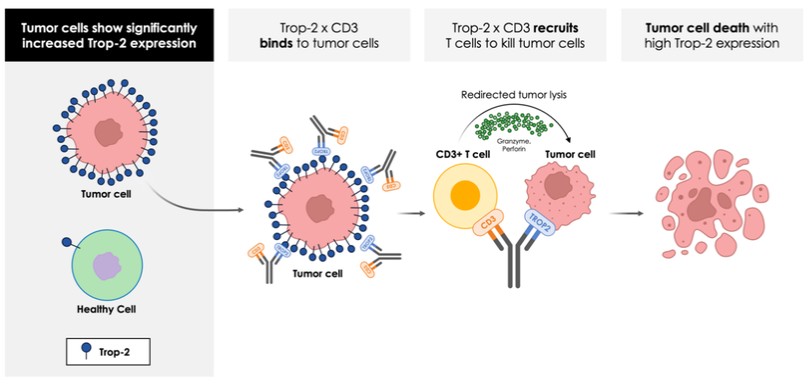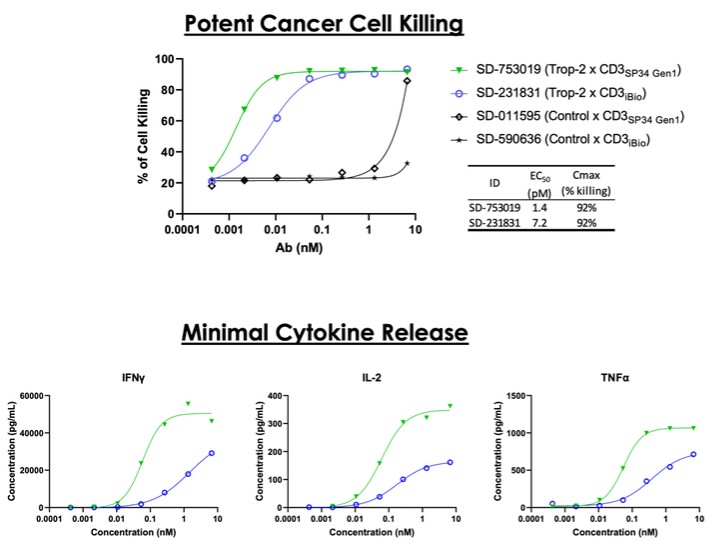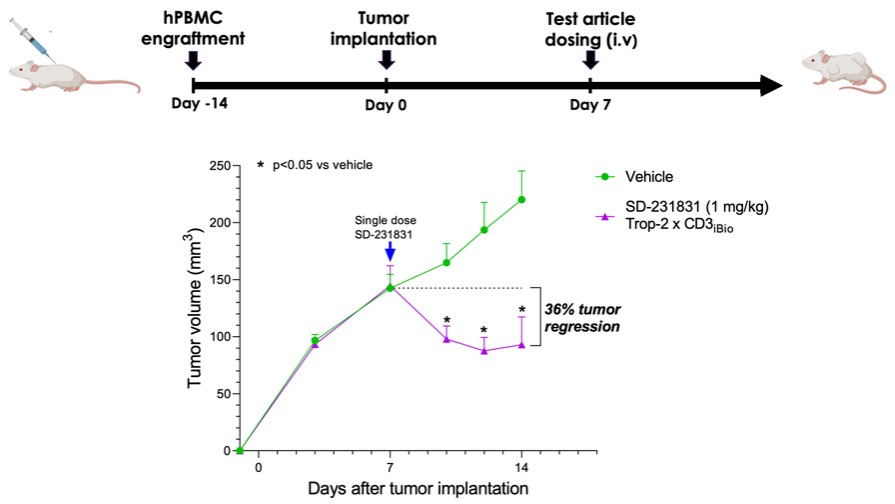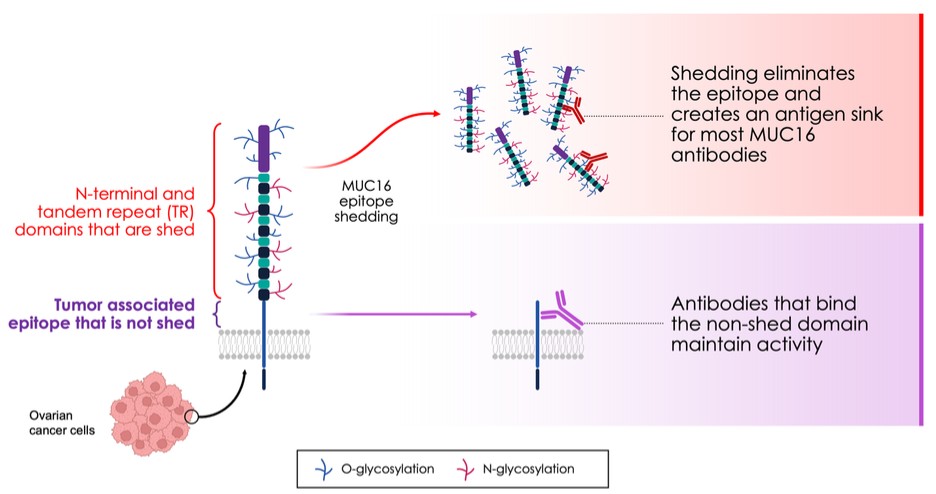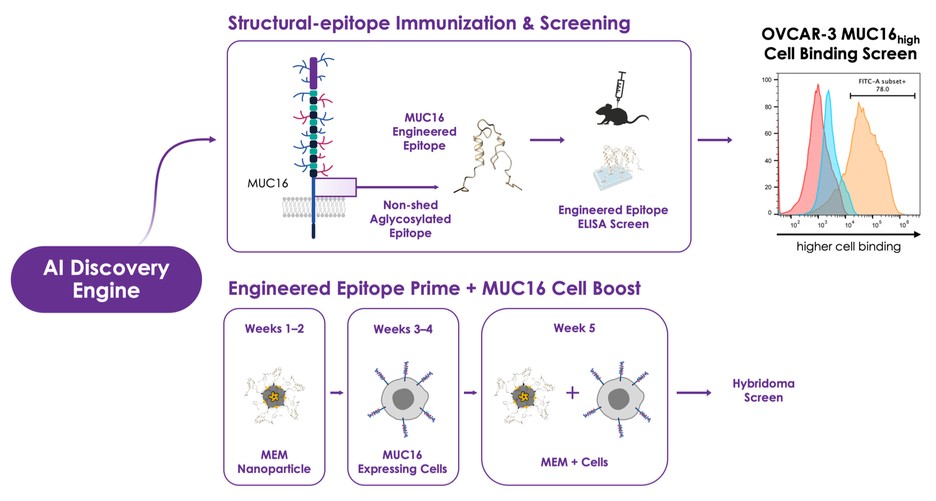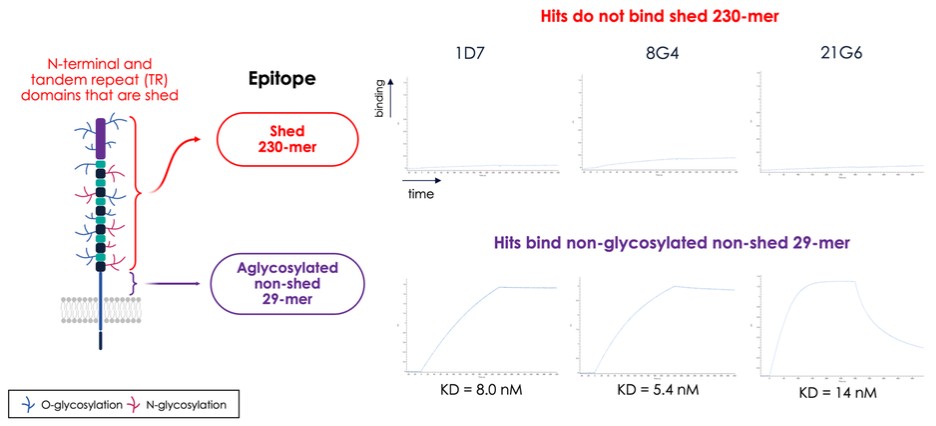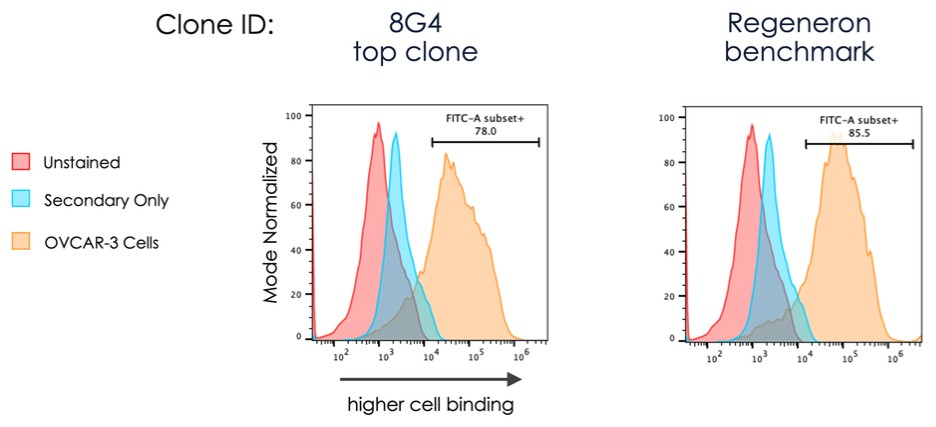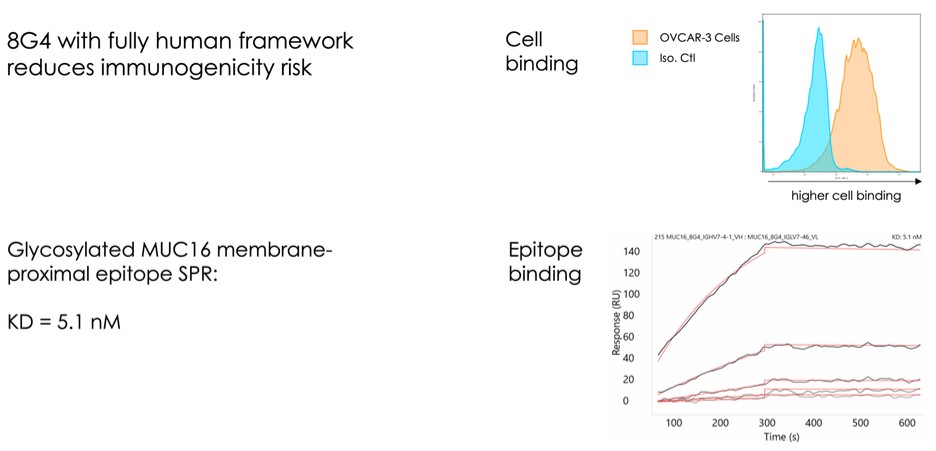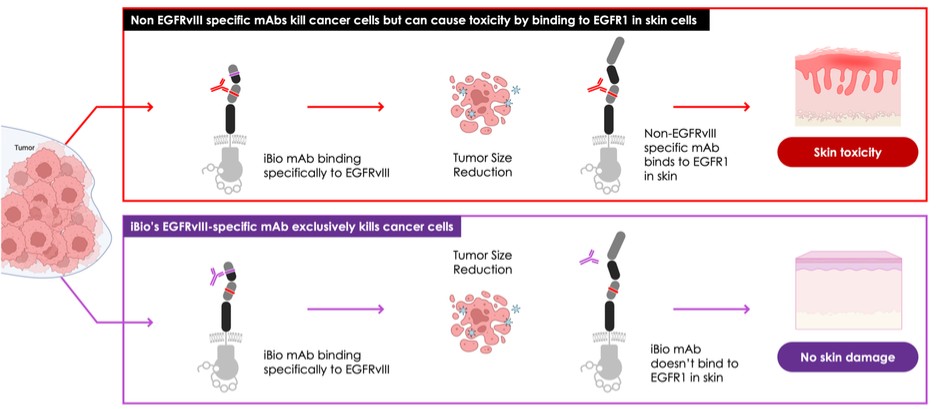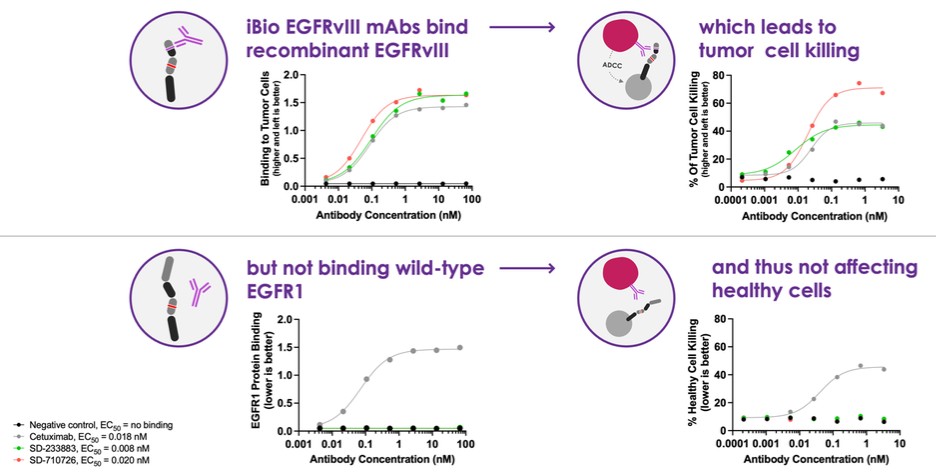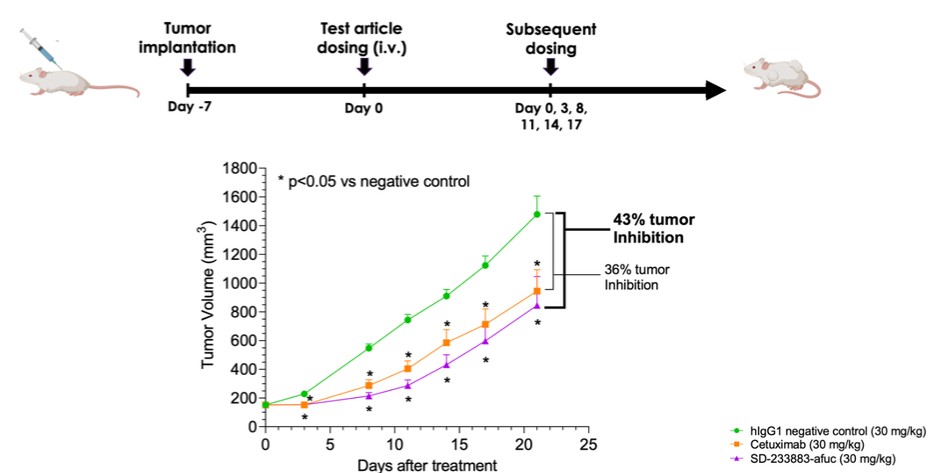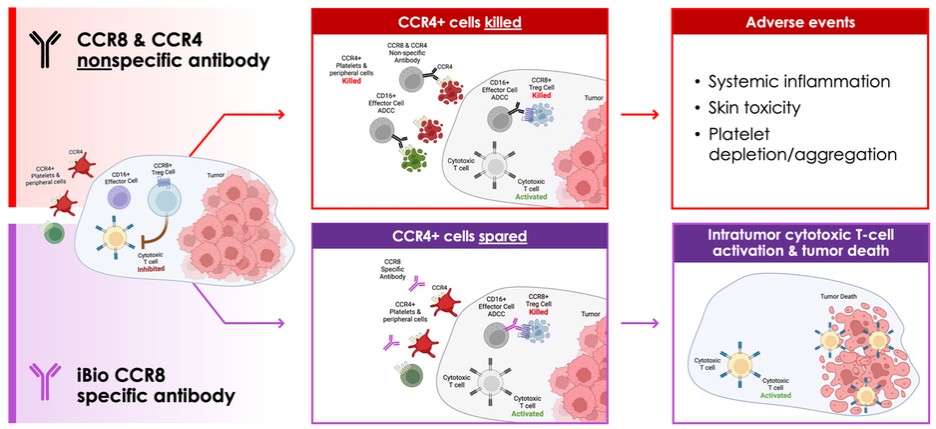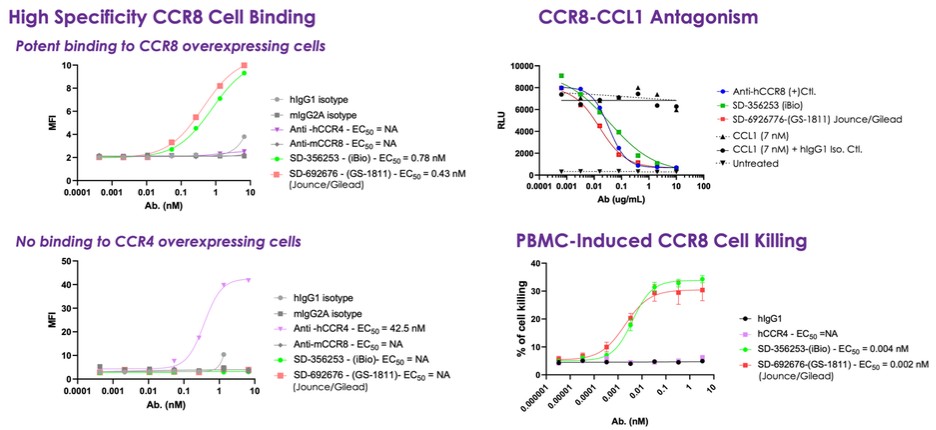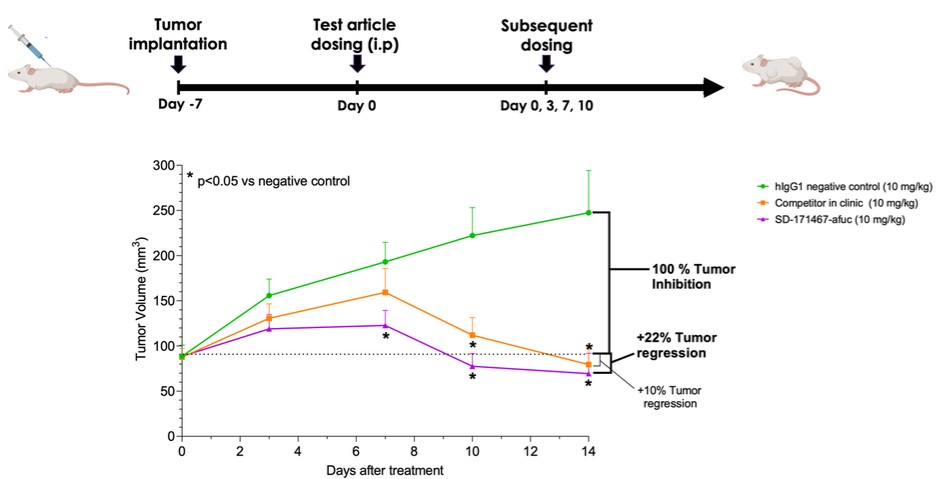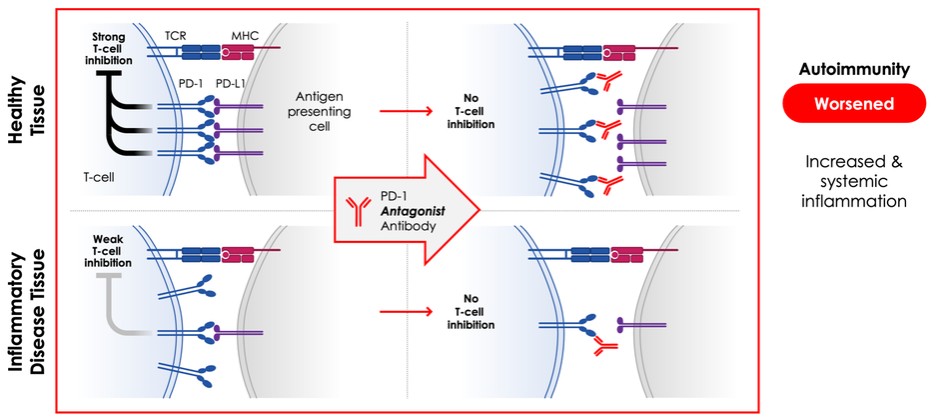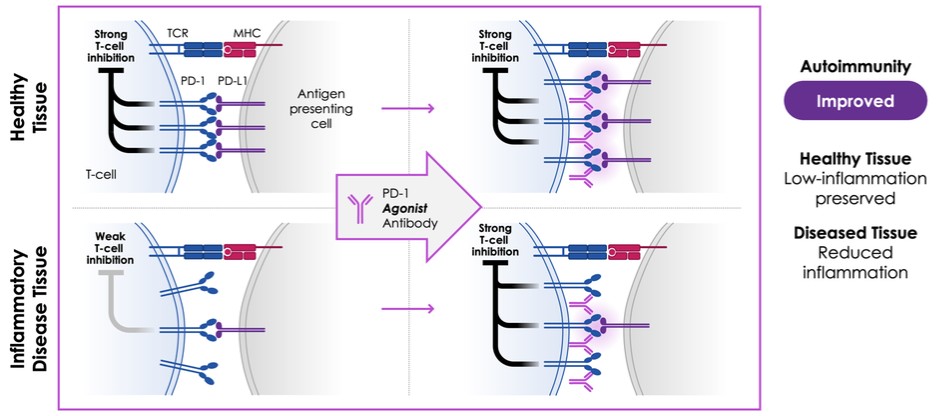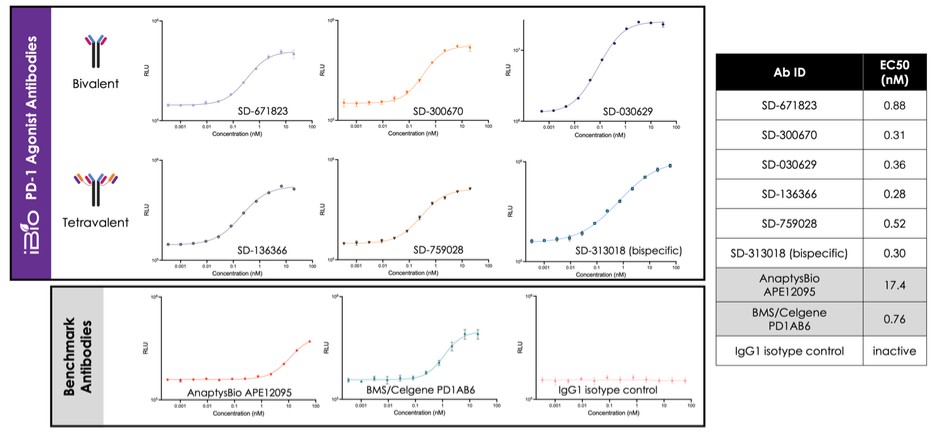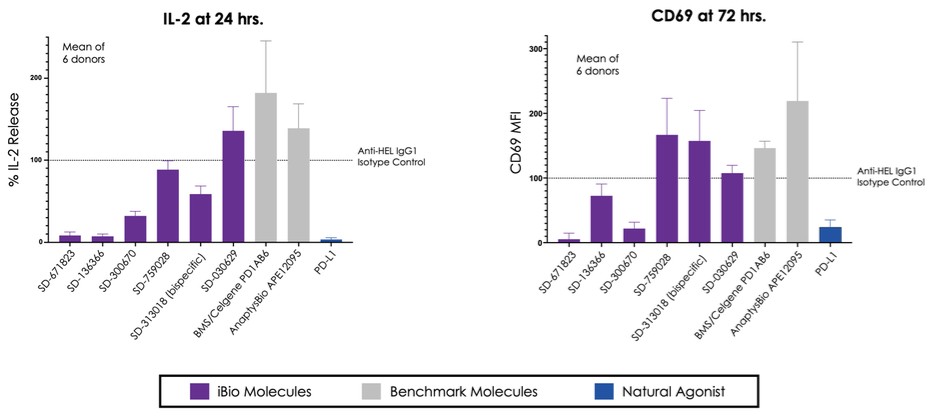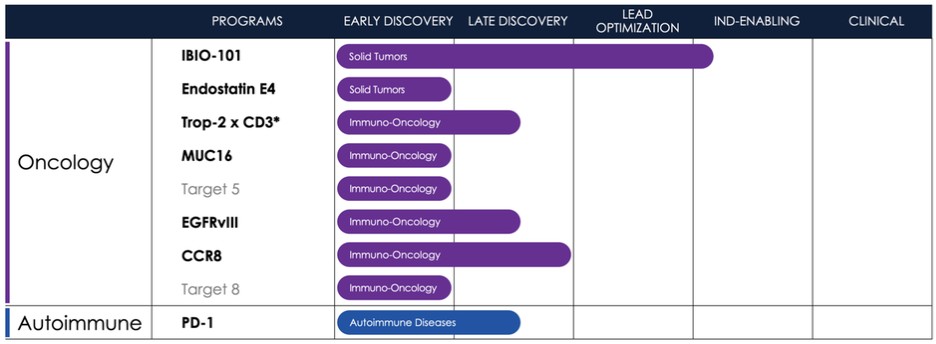$10,000,000 to $7,500,000 with the ability to lower the liquidity covenant to $5,000,000 upon the occurrence of a specific milestone in the Credit Agreement, and (vii) change the annual filing requirement solely for the fiscal year ended June 30, 2022, such that the filing is acceptable with or without a “going concern” designation. In addition, Woodforest cancelled the irrevocable letter of credit issued by JPMorgan Chase Bank upon closing of the amendment.
In January 2023, the Company’s unrestricted cash decreased below the required $7,500,000, which created an event of default under the Credit Agreement and Guaranty as a result of not complying with the Liquidity Covenant. As a result, on February 9, 2023, iBio CDMO and Woodforest entered into a second amendment to the Credit Agreement (the “Second Amendment”), which amended, among other things, added a milestone that had to be met by a specified date, the failure of which would be an event of default. In addition, on February 9, 2023, the Company, as guarantor, entered into a second amendment to the Guaranty, which amended, among other things, allowed the Company to account for the Fraunhofer Settlement Funds in determining whether the Company is in compliance with the Liquidity Covenant until a specified period dependent upon the occurrence of a specific milestone in the Credit Agreement.
On February 20, 2023, iBio CDMO entered into a third amendment to the Credit Agreement (the “Third Amendment”), which removed the added milestone specified in the Second Amendment, the failure of which would be an event of default. In addition, the Guaranty was amended to allow the Company until February 28, 2023, to account for the Fraunhofer Settlement Funds in determining whether the Company is in compliance with the Liquidity Covenant without being dependent upon a specified milestone. In addition, the Company agreed that each time it consummates an at-the-market issuance of Equity Interests (as defined within the Credit Agreement), no later than five (5) days following such issuance of Equity Interests, it will (i) pay to Woodforest in immediately available cash funds, without setoff or counterclaim of any kind, forty percent (40%) of the Net Proceeds (as defined within the Credit Agreement) received by the Company for such issuance of Equity Interests; provided, any such payment would cease upon payment obligations in full and (ii) provide Woodforest with a detailed accounting of each such issuance of Equity Interests.
On March 24, 2023, iBio CDMO and Woodforest entered into a fourth amendment to the Credit Agreement (the “Fourth Amendment”), which within the Fourth Amendment Woodforest agreed to (i) reduce the percentage of any payment to Woodforest the Company is required to make from the proceeds of sales of its common stock under its at-the-market facility from 40% to 20%, (ii) reduce the percentage of any payment to Woodforest the Company is required to make from the proceeds of sales of its equipment from 40% to 20%, and (iii) allowed the Company to retain $2,000,000 of the $5,100,000 that the Company received from the Fraunhofer Settlement Funds, with the remaining $3,000,000 being held in a Company account at Woodforest. In addition, the Company is obligated to (y) deliver to Woodforest an executed copy of a purchase agreement (the “Purchase Agreement”) for the sale of the Facility, no later than April 14, 2023, and (z) pay to Woodforest a fee in the amount of $75,000 on the earlier of the date of the closing of the Purchase Agreement, or the Maturity Date (as defined in the Credit Agreement). In addition, on March 24, 2023, the Company, as guarantor, entered into a fourth amendment to the Guaranty, which reduced the Liquidity Covenant from $7,500,000 to $1,000,000.
On May 10, 2023, iBio CDMO and Woodforest entered into a fifth amendment to the Credit Agreement (the “Fifth Amendment”), which within the Fifth Amendment Woodforest agreed to: (i) waive our obligation to deliver to Woodforest an executed copy of a Purchase Agreement for the sale of the Facility no later than April 14, 2023 and, (ii) release $500,000 of the $3,000,000 being held in a Company account at Woodforest when the outstanding principal amount is reduced to $10,000,000 and for each additional $2,500,000 reduction of the outstanding principal amount, an additional $750,000 will be released from the Company account at Woodforest. In addition, starting on the effective date of the Fifth Amendment, the interest on the Term Loan increased to 5.25%, and the Term Loan shall further accrue interest, payable in-kind and added to the balance of the outstanding principal amount at a fixed rate per annum equal to (a) 1.00%, if the Facility is sold on or before June 30, 2023, (b) 2.00% if the Facility is sold after June 2023, but on or before September 30, 2023, or (c) 3:00%, if the Facility is sold after September 30, 2023, or not sold prior to the maturity date. The Company also agreed to pay Woodforest a fee in the amount of (x) $75,000 if the Facility is sold on or before June 30, 2023, (y) $100,000 if the Facility is sold after June 2023, but on or before September 30, 2023, or (x) $125,000, if the Facility is sold after September 30, 2023, or not sold prior to the maturity date. As of the date of the filing of this Quarterly Report on Form 10-Q, the Company is not in negotiations on a Purchase Agreement with a potential buyer of the Facility.
On September 18, 2023, iBio CDMO and Woodforest entered into a sixth amendment to the Credit Agreement (the “Sixth Amendment”), pursuant to which Woodforest agreed to modify the Maturity Date to the earlier of December 31, 2023, or
